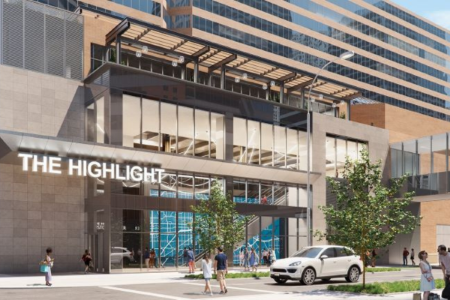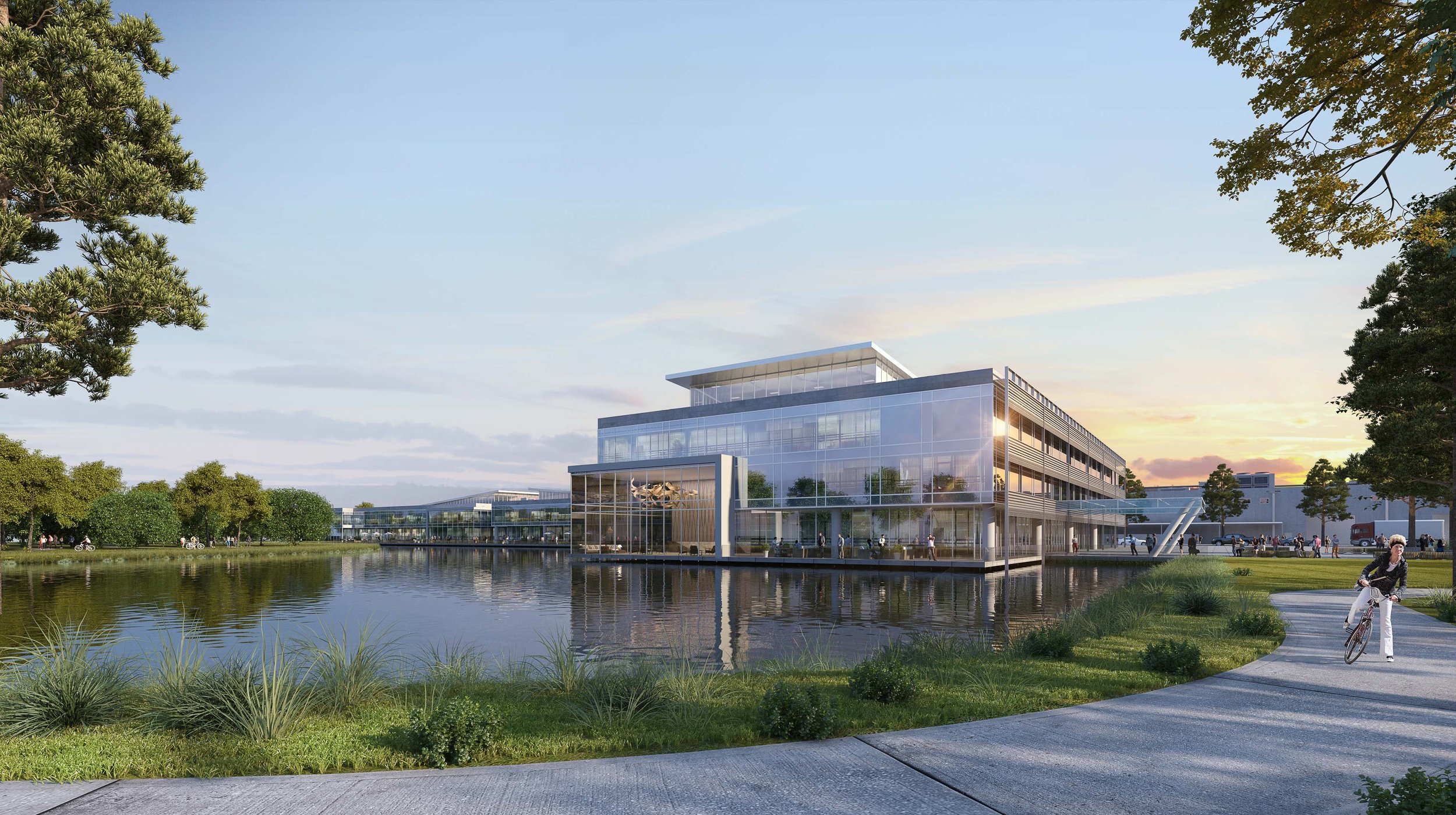Downtown Houston Undergoing Major Renaissance with Reuse Projects, New Developments
Published Aug 03, 2023 by Hailea Schultz
If you’ve been a part of Houston’s journey over the last few decades, you know that downtown has undergone a remarkable transformation. Once a quiet and underutilized area, it has blossomed into a dynamic, thriving hub of business and diversity, radiating with vibrancy and endless opportunities.
Now, with nearly 11,000 residents, Houston’s bustling downtown is growing, attracting talent and businesses to the area. Home to a thriving art sector, electric culinary and nightlife scene, charming historic buildings and many Fortune 500 companies, downtown Houston has also emerged as a premier location for developers.
As downtown Houston continues to revitalize and establish a new reputation, developers seek to bring new life to the area, boosting an astonishing amount of new and adaptive reuse projects in the area.
Reuse Projects
Houston has a unique history of repurposing old or abandoned buildings and transforming them into vibrant, new developments. One of the most recent and recognizable examples of this transformative work can be seen at POST Houston, the popular food hall and hangout spot in downtown, which was once home to the historic Barbara Jordan Post Office from 1961 to 2015. Built in 1934, POST was first established as a depot adjacent to Houston's Grand Central Station and was later demolished and purchased by the U.S. Government, creating the USPS Headquarters. Now, POST serves as a gathering spot for the community, offering a variety of dining options, events and fitness classes and more.
The Highlight at Houston Center, a similar project formerly known as the Shops at Houston Center, was recently completed in April. The new revitalized mixed-use center boasts 196,000 square feet of premium dining, retail and lifestyle space. Along with the redevelopment came a new anchor tenant, Puttshack, a mini golf experience filling more than 26,000 square feet of The Highlight with custom-made competitive golf courses and a cocktail bar. The reimagined complex aims to provide a dynamic experience where guests can eat, shop, celebrate and even visit the doctor.
Other recent reuse projects include the beloved food hall, Underground Hall, formerly known as Conservatory and Le Méridien Houston Downtown, a luxury high-rise hotel that replaced the old Melrose Office Building.
With new reuse developments, downtown Houston continues to attract a younger crowd, driving a surge of projects in the area, bolstering the city’s quality of life.
Currently, there are over 2,200 adaptive reuse projects in the Bayou City’s construction pipeline, the seventh-highest amount in the nation, which is more than double compared to 2021, when only 890 reuse projects were scheduled, according to RentCafe.
Over two-thirds of the upcoming projects are located in downtown along the 77002 zip code and will become apartments – 1,881, to be exact. Out of the 1,881 new apartment units, 1,353 will be converted from former office spaces and 667 will be converted from hotels, including Houston Holiday Inn and Sakowitz Department Store.
ExxonMobil’s former headquarters, a 1.2 million-square-foot tower, will be one of Houston’s largest conversions of its kind. The property was acquired by a New York investment group with plans to transform the iconic building into an apartment complex. The 1960s skyscraper is projected to boost new retail and restaurant developments in downtown.
Additionally, the 13-story former State National Building built in the 1920s will soon house a new-to-Houston hotel, Moxy by Marriott, set to open this fall. The eccentric hotel will offer the perfect mix of daytime and nighttime activities, providing multiple workspaces in its lobby during the day and a DJ booth, bar and other entertainment during the night.
New Developments
1550 on the Green, a highly anticipated, 28-story office tower located on the southern edge of Discovery Green, is set to be completed in 2024. The 370,000-square-foot building will include multiple terraces, a fitness center and more than 7,000 square feet of ground-floor retail space.
Industrious at Downtown Houston, a new flexible coworking space opened last month at 3 Houston Center, spanning 23,489 square feet. The new space will offer 60 offices, over 200 desks, phone booths and multiple conference rooms, meeting the growing demand for coworking solutions.
Lyric Market, a new food hall, opened in May, encompassing 14,000 square feet within Houston’s Theatre District. A few of the market’s newest tenants include Mama’s Texas Smokehouse, Francis’ Café, Café JuJu and Starbucks.
Park Binz II, a second phase development following the success of Park Binz I, a 50,000-square-foot mixed-use building featuring office space and restaurants in the heart of Houston’s Museum District. Park Binz II will offer 40,000 square feet of additional office and restaurant space. The development is set to be completed by late 2023 or early 2024.
In addition to the new and reuse developments sweeping downtown, a plan to improve a signature downtown landmark was signed into law earlier this year. Through Senate Bill 1057, the 36-year-old George R. Brown Convention Center is projected to receive nearly $2 billion for renovations. This plan will help position the convention center as the ideal destination for major conventions and trade shows, driving economic growth in the region.
Learn more about downtown Houston.
 The Houston Report
The Houston Report





















